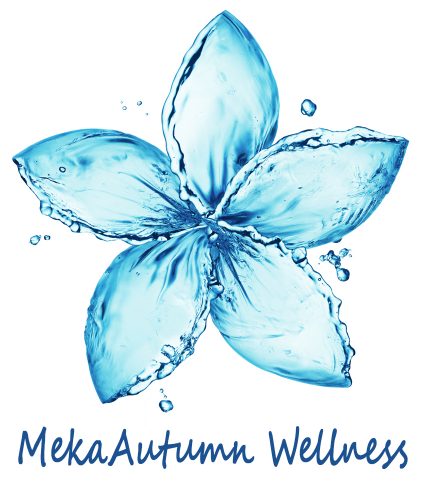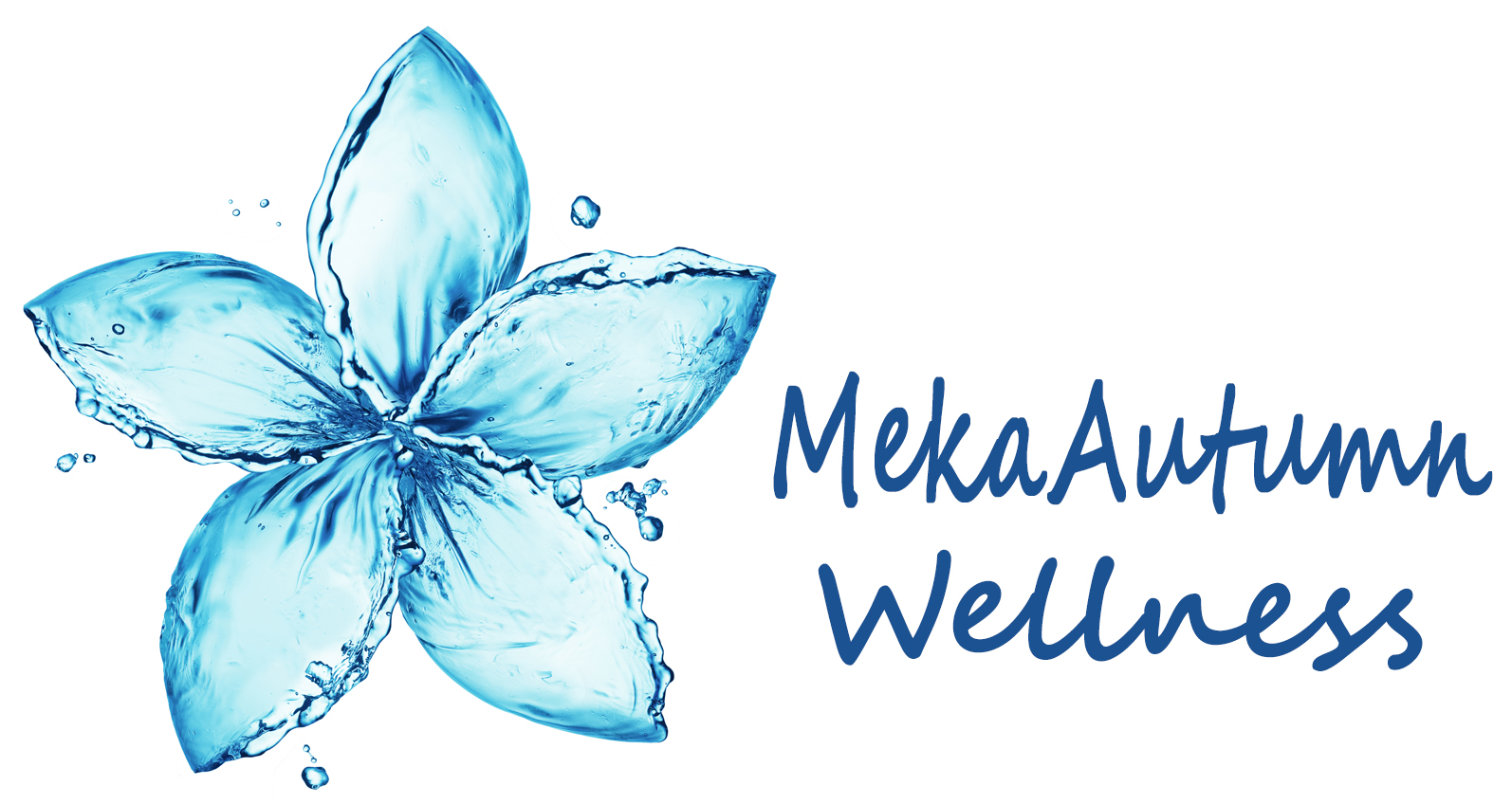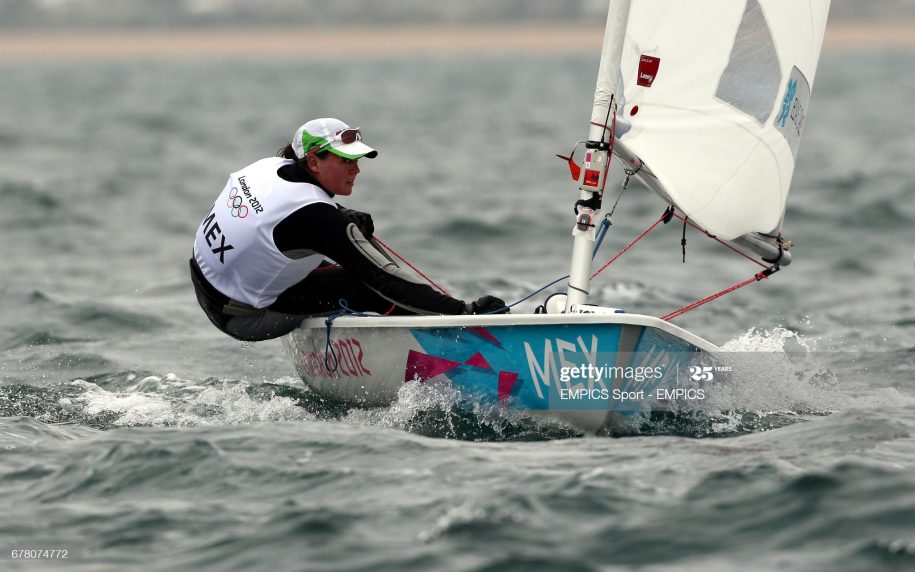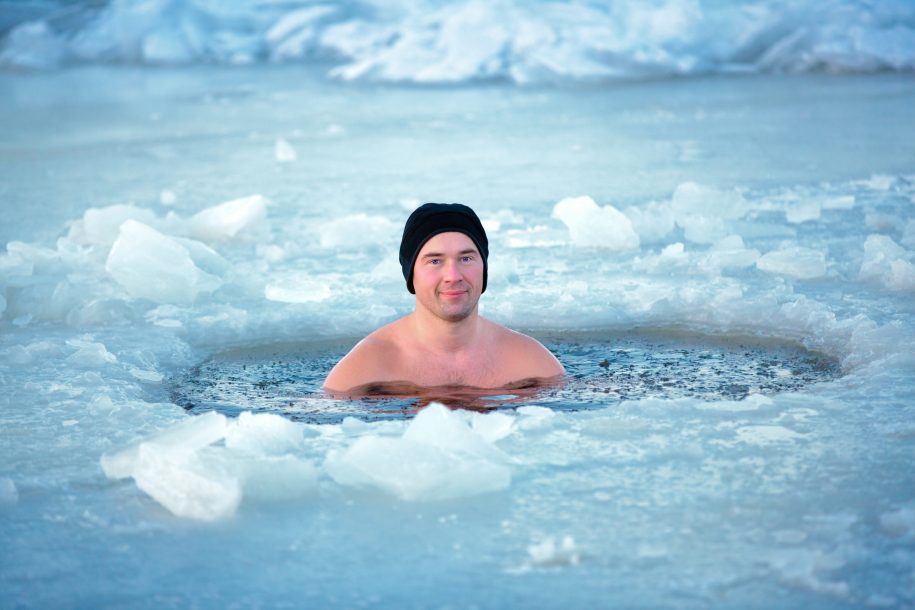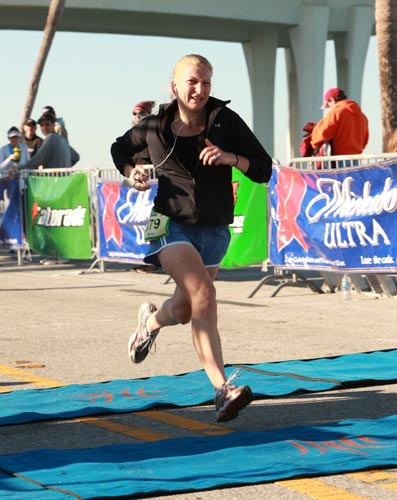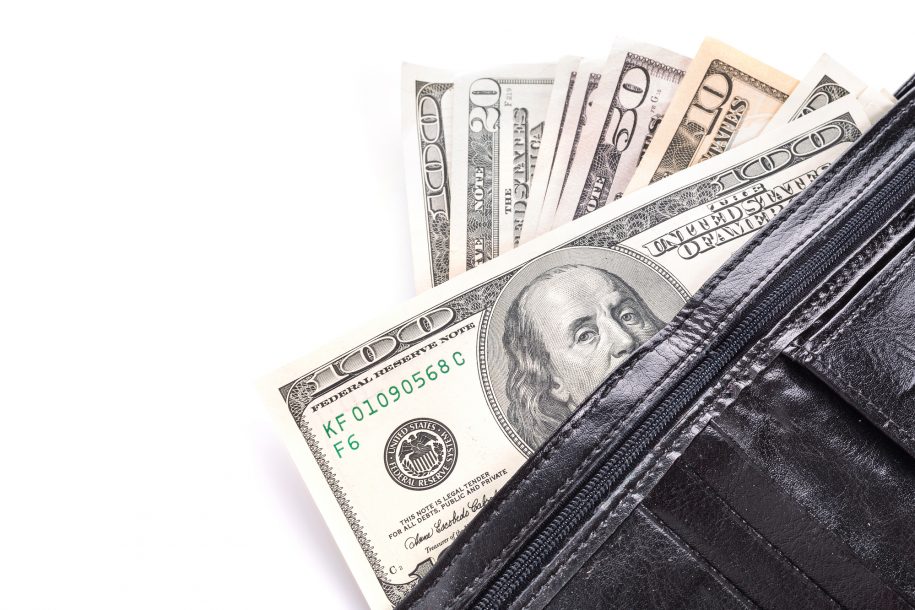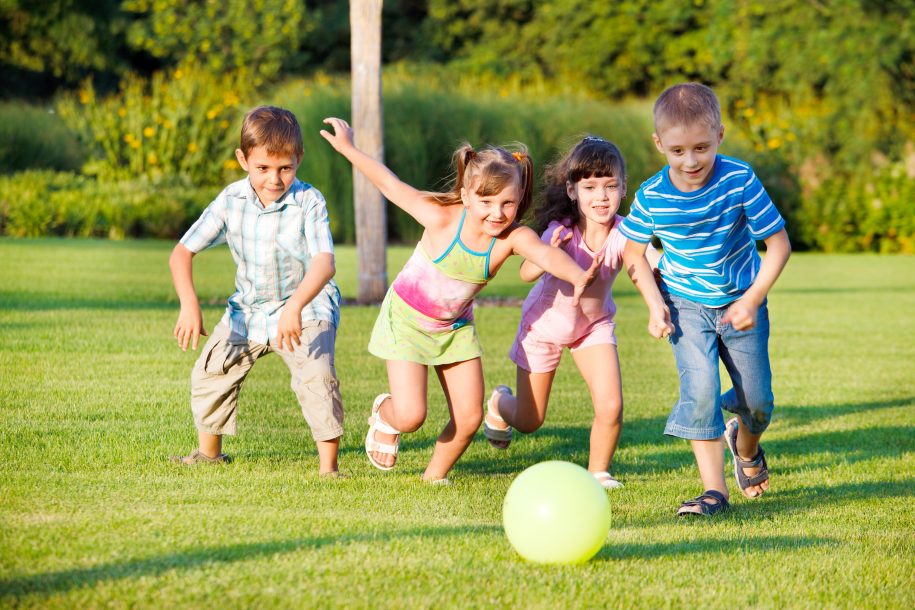
Tampa Bay Kids Net I
By: Meka Taulbee
ACE certified Personal Trainer
SAILFIT Inc
Now that the kids are back in school it may seem that everything is finally slowing down a bit. No more “Can I go here?” Can you take me there? Can I play…?” “Great” you might say. Well, this may not be so great for your children’s metabolism Now that they are sitting for hours a day in the classroom as opposed to running around doing various activities their metabolism starts to slow down. Over the summer they seemed to have an endless source of energy and a bottomless pit for a stomach. Now that they are back in school they still have that bottomless pit, but the energy levels seem to run low. PE class can only do so much and many times has no desire to strive for more.
Fitness & nutrition are just as important no matter what age you are so what better way to teach that to your kids than to make it a family affair. With the obesity rate, especially the children’s obesity rate among Americans growing so rapidly you can’t afford not to. Lori Bastian, M.D., associate professor of medicine at Duke University states “Obesity is a family problem because children follow the lead of their parents. A healthy lifestyle for one is a healthy lifestyle for all” In the beginning it may seem difficult to add more to your daily schedule. By starting small and gradually adding on it won’t seem overwhelming and soon exercise will become more of a habit than a chore. Here are some guidelines you can follow to start you on the right track. These are just basics put in a way that your kids may be able to relate to. We all know that if it’s not something they can identify with it will be harder to get them involved and most likely go in one ear and out the other.
SLEEP
Sleep recharges your body. Think of the batteries in your headphones. When they get old they start to play everything really slow and it sounds muffled and distorted. This is what happens to your body when you don’t get sleep. Your muscles aren’t as strong and fast. You don’t think as clear and you may even feel like you are in slow motion. Getting seven or eight hours of sleep at night can help you think quicker and help your body respond faster. This is helpful for any activity and even for doing schoolwork.
STRETCH!
Stretching will help prevent injuries. Your muscles are like rubber bands. If you keep stretching and playing with a rubber band, little by little it becomes easier to stretch further. If you just tried to stretch the rubber band really fast and really far it would snap. Well, your muscles will do the same thing. With consistent stretching habits, little by little your muscles will be able to stretch further and you will become stronger and more flexible.
EXERCISE!
Regular exercise doesn’t have to mean going to the gym all of the time. Regular exercise includes things like playing hockey or basketball, swimming, biking and going for walks or hikes. This is something that you can do with your whole family, friends or
alone. Try to incorporate some of these activities into your day a few times a week. Whatever you decide to do, pick something you enjoy and most importantly. HAVE FUN!
HYDRATE!
Water is one of the best things you can give your body. You need to keep your body hydrated to keep it functioning properly. Remember I said your muscles are like rubber bands? What happens to an old, dried out rubber band when you try to stretch it? It snaps, right? Well, that’s the same thing that will happen to your muscles if you let yourself get dehydrated. Try to keep drinking fluids all day long, working towards eight glasses of water a day. A general rule of thumb is, if you feel thirsty you are already dehydrated, so keep a regular flow of liquids going into your body. Parents remember soda and many juices are not a good way to get in those eight glasses a day. They have sugar and caffeine in them, which are diuretics and will lead to just the opposite of what you are trying to achieve. Dehydration. The sugars will cause a surge in blood sugar levels followed by a crash, which will be a big crash in energy and mood.
EAT SMART!
Developing good eating habits are sometimes hard, but very important. You should try to get in five fruits and vegetables a day. These will help make you stronger and think clearer. Breakfast is the most important meal of the day. By eating a balanced breakfast you will spark the metabolism into high gear. Cravings for sweets and late night snacks will diminish. Send your kids to school with healthy snacks such as fruit or yogurt. Peanuts and raisons are a great alternative to chips. Eating smaller snacks more frequently during the day will keep blood sugar at even levels, which will allow your children to think more clearly and pay attention easier. It will also keep their appetites in check. If they don’t eat enough or eat poorly during the day, by the time they get to dinner they will be so hungry that their eyes will be bigger than their stomachs and they will be more likely to overeat. Make sure they have eaten a healthy meal before they reach for something sweet. A healthy meal is one that includes foods from the major food groups such as fruits, vegetables, protein and whole grains. Most times after a healthy meal they won’t want or crave something sweet. This doesn’t mean that you can’t have cookies or Ice Cream, just in moderation. A good thing to remember is if it’s not in the house they won’t eat it. When you do your grocery shopping try to make a conscious decision to bring home less “junk food” and more “healthy food”. If they are truly hungry they will eat what is there.
Most of these guidelines aren’t very time consuming. Hopefully you’ll be able to incorporate some or all of them into your daily routine. If you already have, congratulations, you are well on your way to a fit and healthy lifestyle. Most importantly remember to have fun. You’re more likely to stick to it and instill a healthy lifestyle in your children if you are enjoying yourselves. I am always available, if you have any questions or comments so feel free to email me at meka@sailfit.com or visit www.sailfit.com. Also, if you think your child’s school might be interested in having me come in just let me know. I’d love to hear from you!
